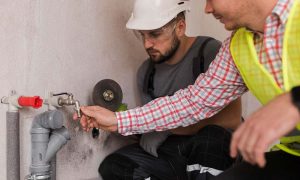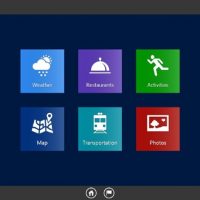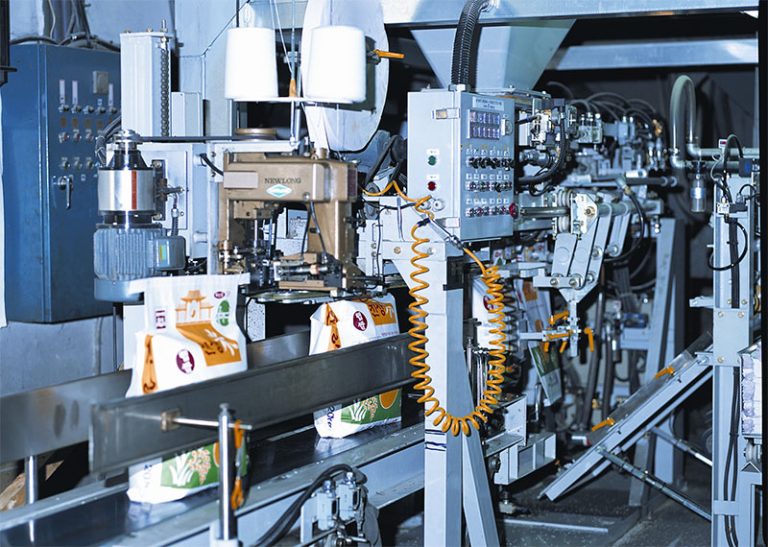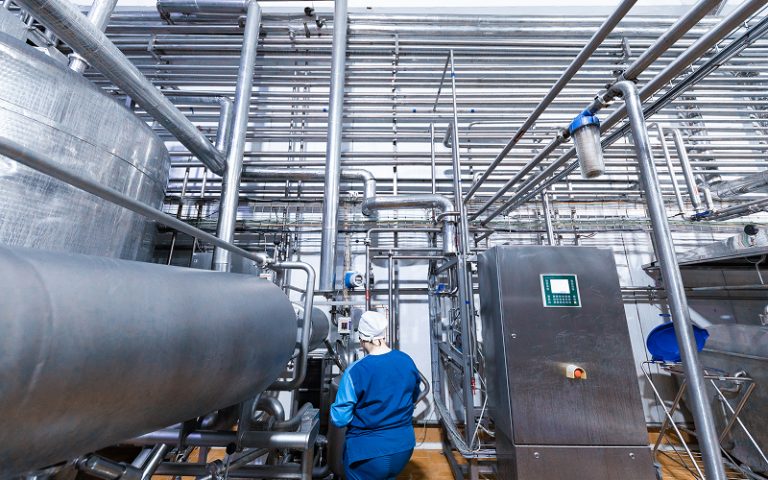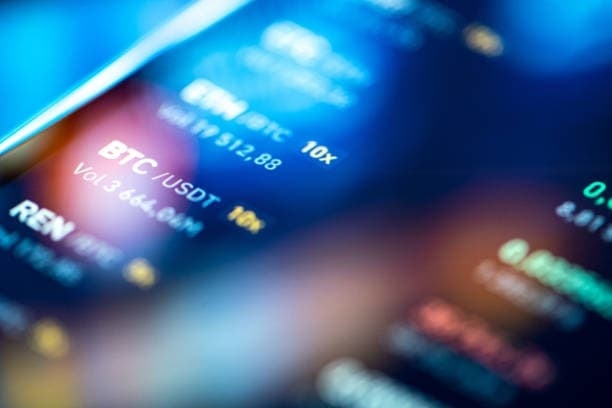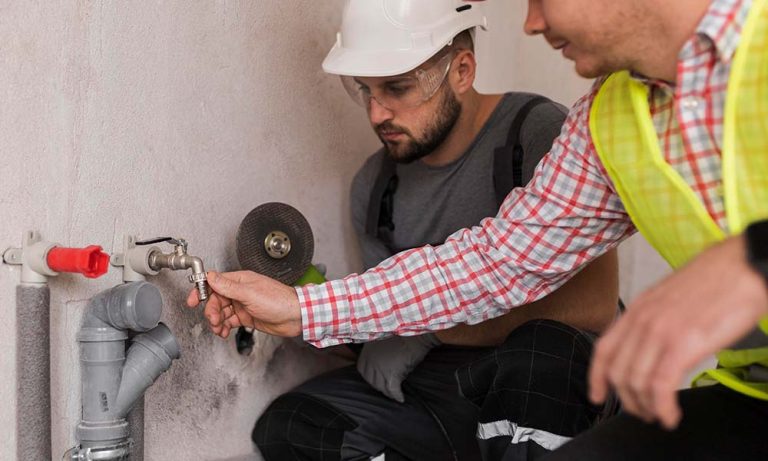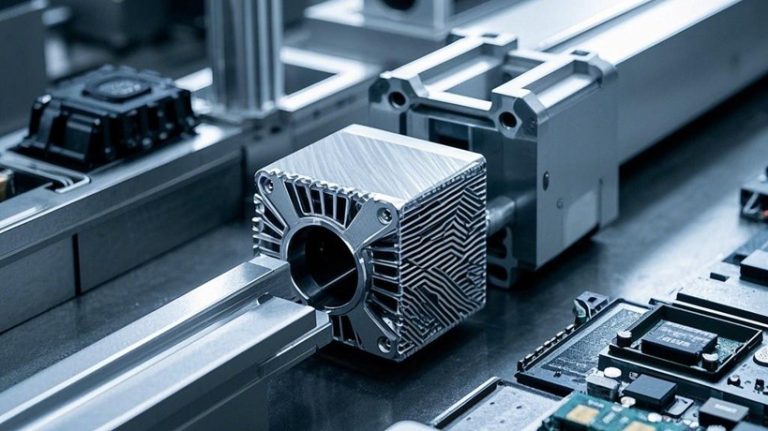Remembering the old American Express Travelers’ checks commercial tagline, “Don’t leave home without it” can be said opposite of kiosks. Kiosks are everywhere, literally. You can relate their presence to the concept of “six degrees of separation”. Any direction you may be pointed in, you can literally walk, run, crawl or climb (if need be) to the nearest ATM, Redbox or food dispensary. The word kiosk was first originated in Islamic culture. Kiosks first use in the US was boarded posts in the middle of a town or village to announce what was going on locally and nationally. A kiosk of any type can be found in most public locations that have high numbers of traffic.
Kiosks have evolved over the years, from boarded posts to electronic self-service machines. The interactive kiosk (called the Plato Hotline) was first developed by Murray Lappe, a pre-med student from the University of Illinois at Urbana-Champaign in 1977. It was first used to give directories and maps of the university. Not only students used the kiosk, but faculty and visitors also retrieved its information. It operated from a GUI (Graphical User Interface), which was implemented before Apple’s Macintosh computer. The first commercial use of the interactive kiosk was installed in Florsheim Shoe Company in 1984. The first internet connected kiosk was the Comdex used to locate missing children in 1991.
The development of self-service kiosks is changing the way businesses conduct their daily affairs and how we have to interact with them. For example, correction facilities have changed the way they conduct their daily operations, since introducing the self-service machines. Correction facilities have found that these kiosks have resolved the need to hire outside people to provide services needed to inmates. The kiosk machine for inmates is servicing the banking, commissary and visitation needs of each one. The interactive machine helps in scheduling staff’s duties, which saves a lot of time. The visitation kiosk systems have reduced the number of security and staff usually needed in a physical visitation. The kiosks operate so the visitation can occur from onsite, a remote center or from home. These machines are saving the local governments of correction facilities time, resources and money that can be used more efficiently. Across the country, more correction facilities are installing these self-service kiosks, to save money as well. If an inmate has trouble accessing the kiosk, there is a Youtube video tutorial to explain how. Youtube also provides videos to inmates on how to access music and sell their music through their facility kiosks.
Kiosks are very accessible now and offer more services than when first implemented. They can charge your eco-car, provide bike rentals, accept job applications and bill payments. Some well-known restaurants have decided to implement kiosks in their establishments in place of cashiers. As long as consumers are at ease accessing kiosks, businesses will find more ways to implement their uses.



